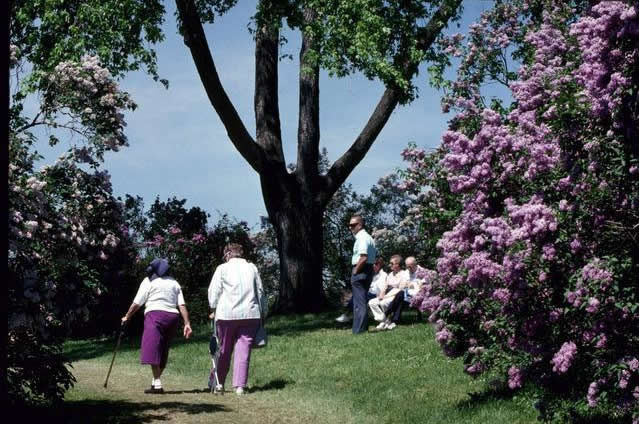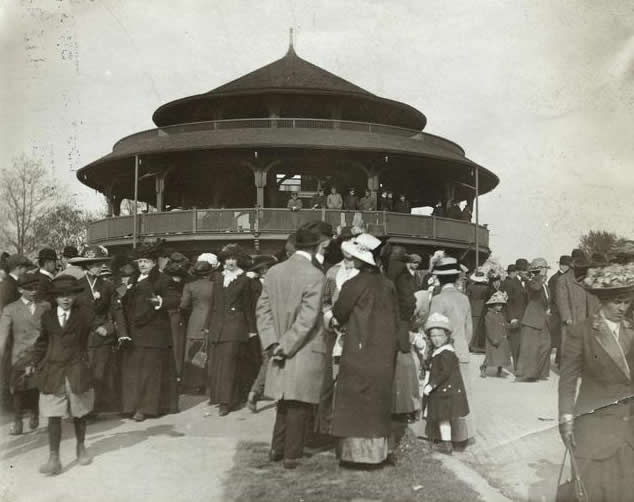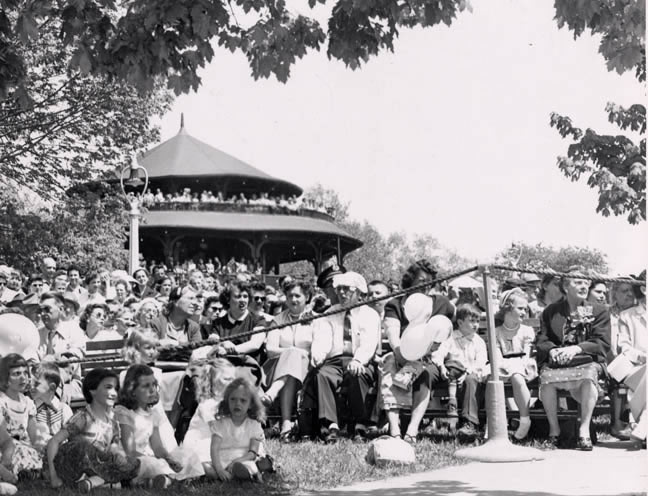|
|
Digital Collections -> Pathfinders -> Lilacs
|
|
Rochester Loves Lilacs!
The Story of the Lilac Festival
The Creation of Highland Park
Designing the Park
The Memorial Pavilion
Photo Gallery: The Men Who Gave Us Highland Park
Photo Gallery: Lilac Time, Lilac Sunday and the Lilac Festival
More Library Resources
|
The Creation of Highland Park |
|
|
|
 |
|
|
|
|
When Olmsted was hired, he was placed in charge of designing what became Seneca, Genesee Valley and Highland Parks in Rochester. The Seneca Park design focused on the Genesee River gorge, the design of Genesee Valley highlighted the rolling hills of the area, and Highland Park was designed as a horticultural preserve. Civil engineer Calvin Laney was retained to prepare maps and plan the parklands and plantings. He in turn hired horticulturist John Dunbar of Long Island to be in charge of supplementing the rare specimens donated to the cause by Ellwanger and Barry. John Dunbar was the person who created the evergreen forest, or pinetum, on the north side of the hill and the lilac display on the south side. The lilacs had crowd-pleaser appeal right from the start. One Sunday in May over 300 people gathered to enjoy them.
|
|
|
The Memorial Pavilion |
|
 |
 |
|
The Men Who Gave Us Highland Park
|
||||||||||||||||||||
|
Lilac Time, Lilac Sunday and the Lilac Festival
|
|
Footnotes: 1 "The Legacy of Frederick Law Olmsted" [pdf] by Marjorie Wickes and Tim O'Connell, in Rochester History Volume L No. 2 [Rochester, N.Y.: Rochester Public Library], 1949. Article/E Resource 2 McKelvey, Blake. A Growing Legacy: An Illustrated History of Rochester's Parks. City of Rochester, 1988, page 16. |
||||||||||||||||||||||||||||||||
|
|
||||||||||||||||||||||||||||||||